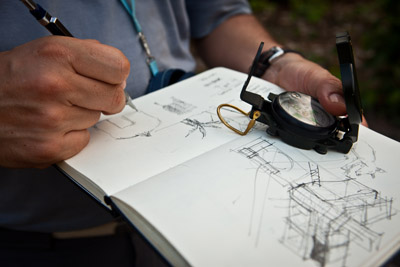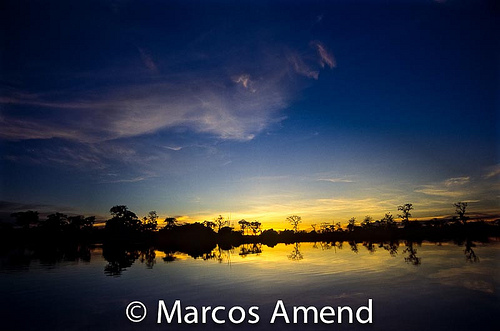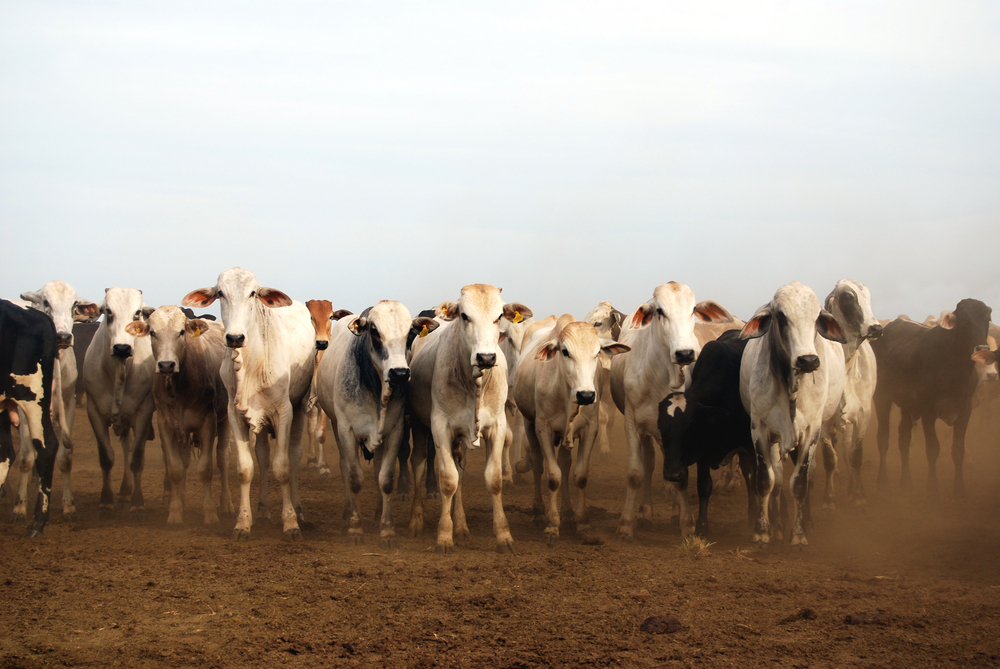News
I remember noticing on a trip to Brazil in 2001 that compact-flourescent lightbulbs were colonizing the country's light sockets with startling speed. It hadn't been raining and the drought was idling hydroelectric dams that accounted for more than 90% of electricity. The resulting blackouts, referred to as "apagões," changed people's behavior. Consumers slashed their energy consumption and solved the crisis. The rains eventually came and the outages faded into memory.
On November 12th, in Brasília, Brazil, 30 journalists from the Amazonian regional media as well as from the national and international outlets attended an infrastructure-focused workshop organized by CSF-Brasil. These professionals hailed from various organizations including O Eco, IPAM, IMAZON, WWF, and TNC. John Lyons of the Wall Street Journal, Wilson Cabral of Instituto Tecnológico de Aeronáutica, and Paul E. Little, anthropologist and infrastructure expert, were also in attendance. Speakers shared information about the impacts of infrastructure projects on ecosystem services in the Amazon. The event provided a forum to discuss infrastructure project planning as well as key environmental, social, economic and legal issues that need to be understood by society.
CSF is opening a program of “office hours” with experts who will help you figure out what to analyze and how. These consultations are free and an exclusive service for graduates of CSF courses..
Here’s how it works: Click on the link below and provide some basic information about the issue, problem, policy or activity you want to analyze. We’ll gather the ideas and set up a meeting for you with a member of our staff or one of our consulting experts via videoconference or telephone.
Examples of analyses we will help you design could include
• cost-benefit analysis of a sustainable development project,
• revenue strategy for a protected area,
• formulation of arguments to confront a specific environmental threat,
• economic valuation of an ecosystem or protected area,
Solving our global climate crisis hinges on doing a number of things right. One is slowing - eventually stopping - deforestation, which now accounts for 15-20% of global greenhouse gas emissions. To do that we need to know how much stopping deforestation costs and where on the Earth's vast tropical belt it can be done most cost-effectively. With the support of the Gordon and Betty Moore Foundation, CSF has designed an "opportunity cost" analysis method that will work at the level of individual farms and single land uses and be scalable up to the level of entire regions. To read more about this project and test the model yourself, please click here.
A study (in Portuguese) led by Marcos Amend of Conservação Estratégica (CSF-Brazil) has calculated the financial incentive that will be needed to change the destructive pattern of cutting a burning forest to open new pasture. The study, "Subsidies for Cattle and Conservation: Estimates for the Municipality of Humaitá," looks at what it would take to encourage landowners to restore degraded pasture instead of clearing forest, focusing on a sprawling territory in the state of Amazonas, one of the main "fronts" of deforestation. The team found that it would cost R$292/hectare/year (US$74/acre/year) to deter deforestation.




